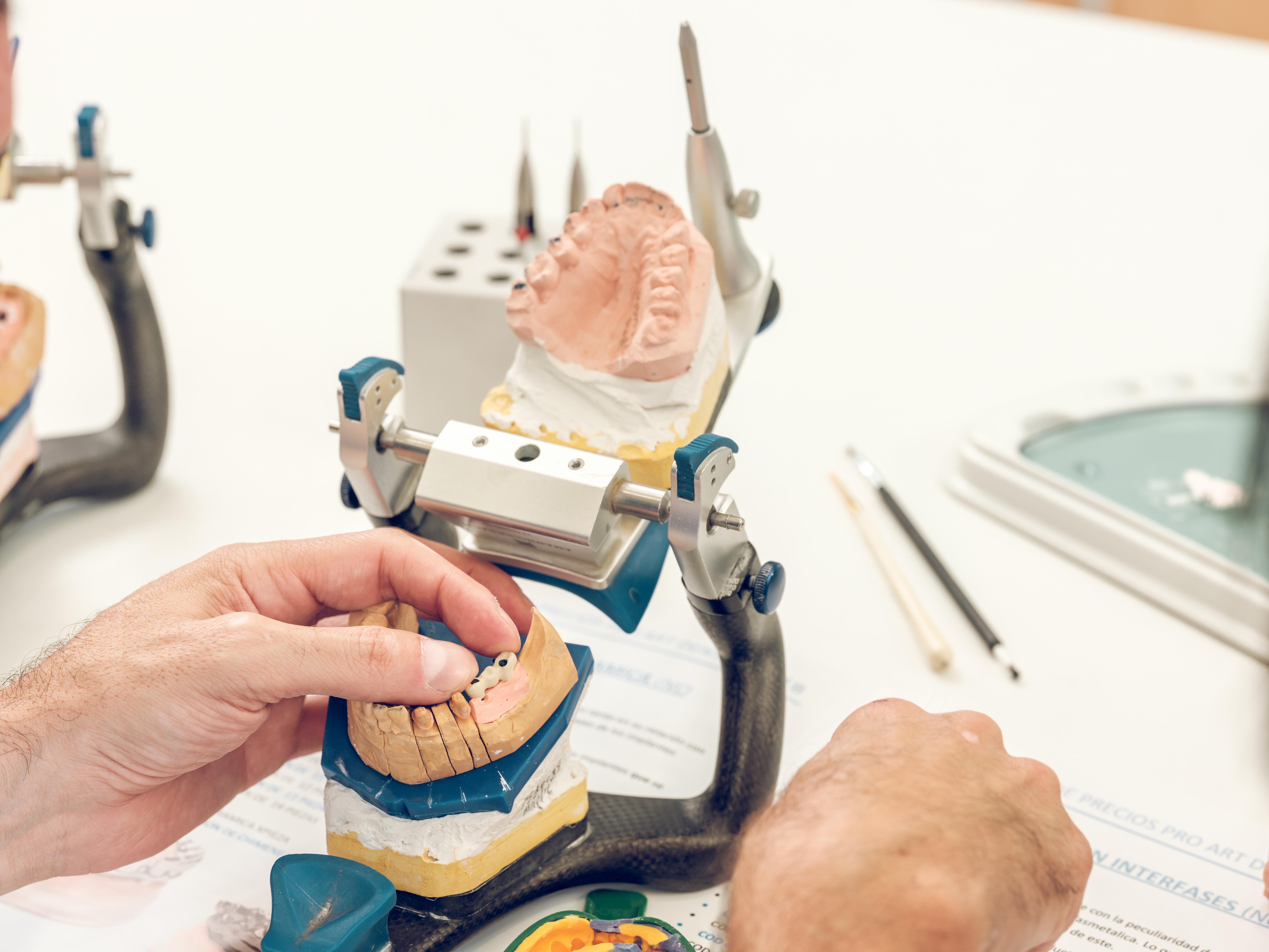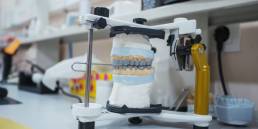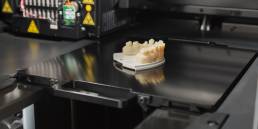All-on-X, Overdentures, or Fixed Hybrids? Helping Dentists Choose the Right Full-Arch Solution

1. Introduction
When it comes to full-arch dental restoration, dentists today have several powerful options. But with so many choices, like All-on-X, overdentures, and fixed hybrid prosthetics, how do you pick the right one? This guide breaks down each method, helping clinicians make confident decisions based on clinical needs, patient expectations, and long-term outcomes.
2. What Is All-on-X?
All-on-X is a modern solution for patients who’ve lost all their teeth or need full-mouth extractions. It involves placing four to six dental implants across the jaw, angled strategically to maximize bone support, and attaching a fixed bridge on top.
Why choose it?
- It gives patients new, functional teeth in just one day.
- There’s no need for bone grafts in many cases because of the implant placement technique.
- Patients enjoy a dramatic improvement in chewing, appearance, and confidence almost immediately.
The process starts with 3D scans and planning, followed by tooth removal (if needed), implant placement, and delivery of a temporary fixed prosthesis,all in one appointment. A permanent bridge is placed after healing.
3. Implant-Retained Overdentures
For patients who want more stability than traditional dentures but aren’t ready for a fixed option, implant-retained overdentures are a reliable choice. These dentures snap onto two to four implants in the jaw, giving them far better retention than regular dentures.
Why patients love them:
- They stay in place while eating and talking, but can be removed for easy cleaning.
- They’re more affordable than fixed bridges.
- They help reduce bone loss by stimulating the jaw, unlike conventional dentures.
This option is especially good for patients who are transitioning from regular dentures or are on a tighter budget.
- Fixed Hybrids
Fixed hybrid prosthetics offer a middle ground, combining the security of permanent teeth with aesthetic design. These are screw-retained bridges that attach to multiple implants and are only removable by a dentist.
Benefits include:
- A natural look with high functionality
- No worry about slipping or removing the appliance
- Long-term durability, with options for repair if needed
- Comfortable speech and chewing
Fixed hybrids can be made using acrylic or zirconia, depending on the desired strength and appearance.
5. Comparing Full-Arch Options
| Solution | Fixed/Removable | Functionality | Cost | Maintenance | Ideal For |
| All-on-X | Fixed | Very High | High | Low | Patients wanting a quick, dramatic transformation |
| Overdentures | Removable | Moderate | Lower | Easy | Budget-conscious patients or those transitioning from dentures |
| Fixed Hybrids | Fixed | Very High | Moderate to High | Low | Those seeking strength, esthetics, and permanent teeth |
Each solution offers a different balance of comfort, aesthetics, and affordability. The right choice depends on patient health, lifestyle, and long-term goals.
6. Case Selection – Tips from the Lab
Choosing the right treatment starts with understanding both the clinical situation and the patient’s mindset.
- Bone levels: For patients with less bone, angled implants (like in All-on-X) are beneficial.
- Patient expectations: If the goal is convenience and a permanent feel, fixed options are best. If patients are used to dentures or want to clean their prosthesis themselves, overdentures are a great choice.
- Budget: Overdentures are more cost-effective, while All-on-X and hybrids are investments in long-term comfort and function.
- Lab coordination: It’s vital to collaborate closely with the lab for materials, design choices, and fit accuracy to ensure everything looks and works perfectly.
7. Conclusion
Whether you’re working with an experienced patient or someone new to dental restorations, there’s no one-size-fits-all solution. Each full-arch option, All-on-X, overdentures, and fixed hybrids, has its own strengths. Dentists must weigh clinical factors like bone quality and healing time alongside patient preferences and finances. The right choice doesn’t just restore a smile, it restores confidence, health, and quality of life.
Latest News
November 22, 2025
Zirconia Crowns: Benefits, Types, and Why Dentists Prefer Them
Zirconia crowns consist of zirconium dioxide, a crystalline ceramic engineered for exceptional toughness in restorative dentistry.
November 11, 2025
How a High-Quality Dental Lab Reduces Chair Time for Dentists
High-quality labs provide restorations that fit right away, so dentists can increase their weekly appointments by 15-25%. With digital tools and automation, workflows can move up…
October 25, 2025
Intraoral Scanning Advances Every Dentist Should Know in 2025: Full-Arch Implant Restoration Insights for Dental Labs
Advances in intraoral scanning, optimized scan protocols, and lab-driven validation provide clinicians and dental labs with powerful tools for excellence in 2025.
October 12, 2025
Occlusal Scheme Design for Full-Arch Restorations: Balancing Function and Esthetics
Labs must often navigate the choice between functional occlusion, which focuses on ideal load distribution, longevity, and minimal stress on components, and esthetic occlusion.


